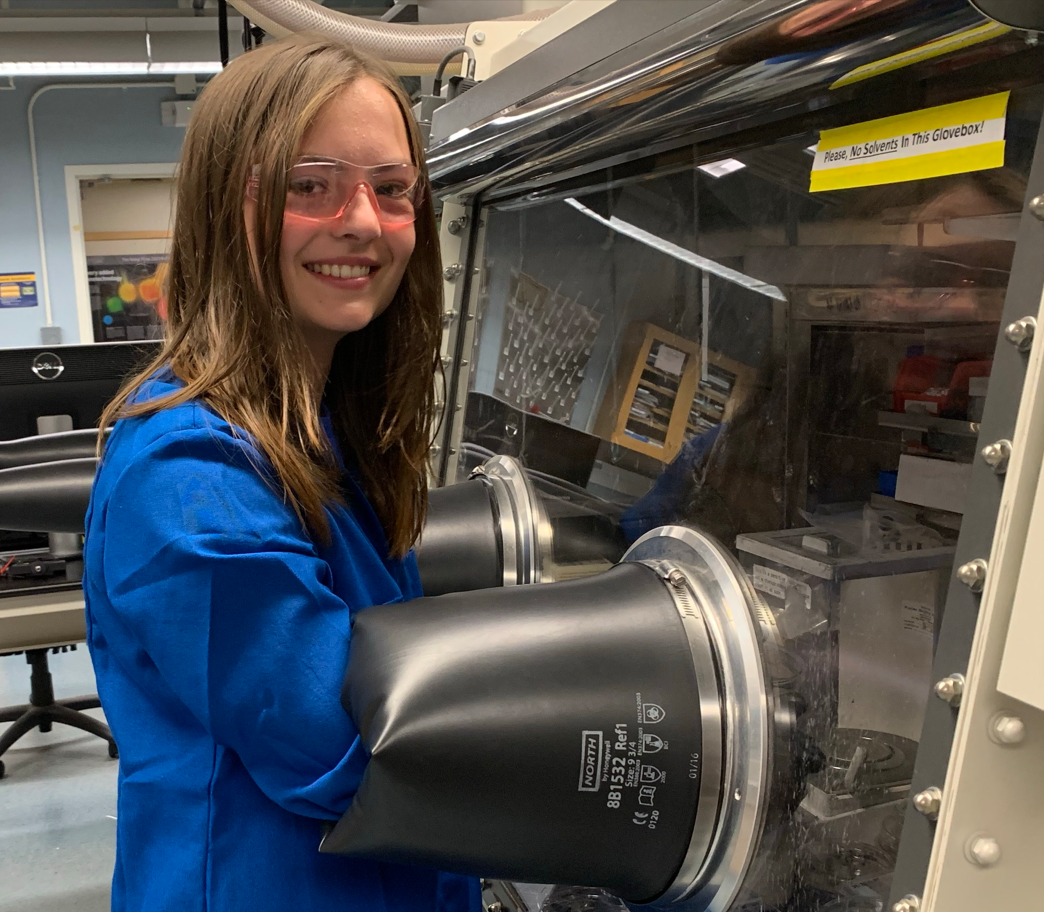
Organic photovoltaics (OPV) are a promising technology for green energy generation due to their solution processability, lightweight nature, flexibility, semi-transparency, and color-tunability. These characteristics make them ideal for applications such as greenhouse roofs and solar windows for high-rise buildings and skyscrapers. Despite achieving a competitive power conversion efficiency of about 20% in recent years, their commercialization is hindered by short device lifetimes, primarily due to the aggregation of small molecules in the active layer. In this study, we characterize the structure of organic semiconductor thin films using optical microscopy and atomic force microscopy. Additionally, we assess their optical properties using UV-Vis-NIR spectroscopy. We demonstrate that morphological stability can be improved by altering the solvents and additives used during processing. These findings contribute to our understanding of morphological instability and bring us one step further towards commercializing OPVs.